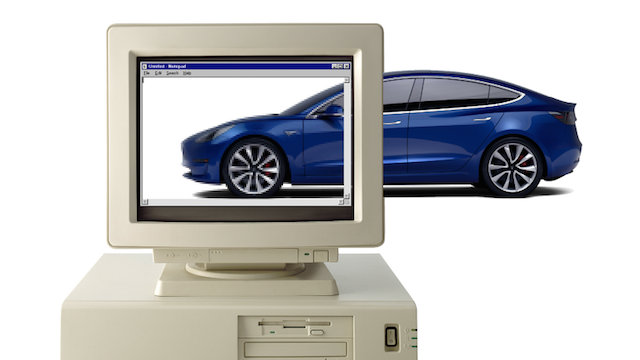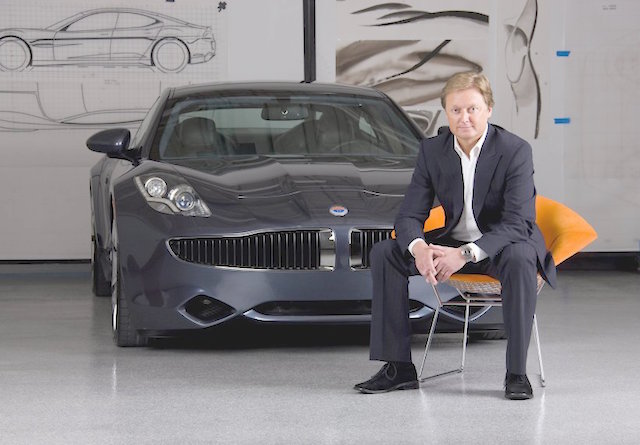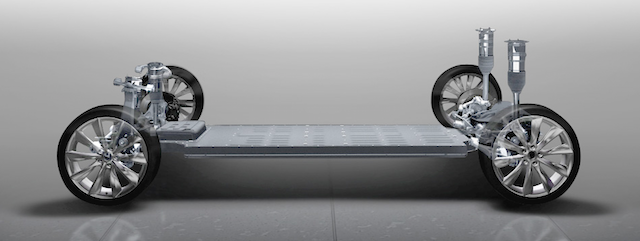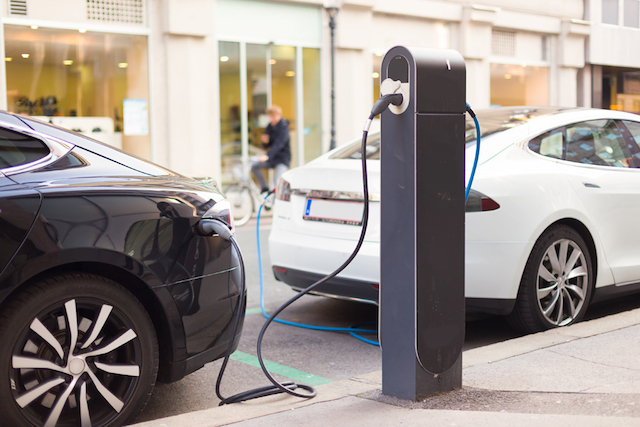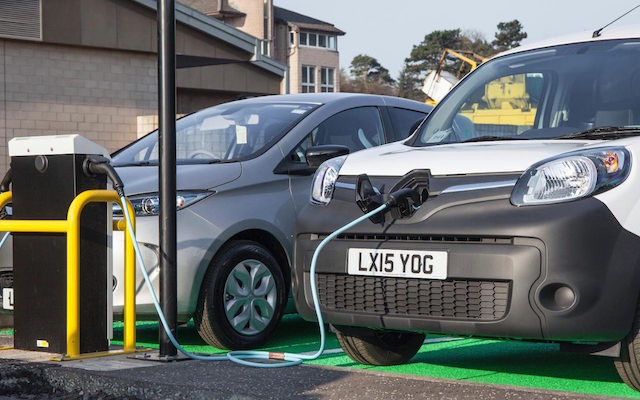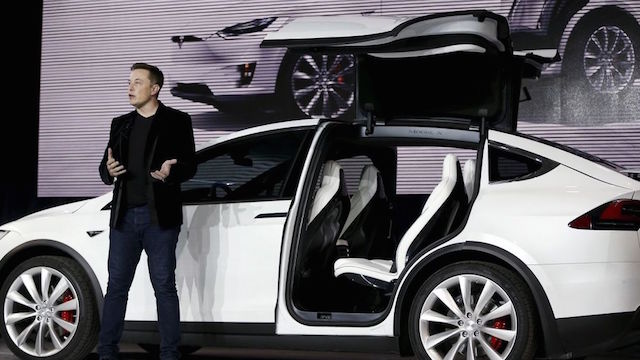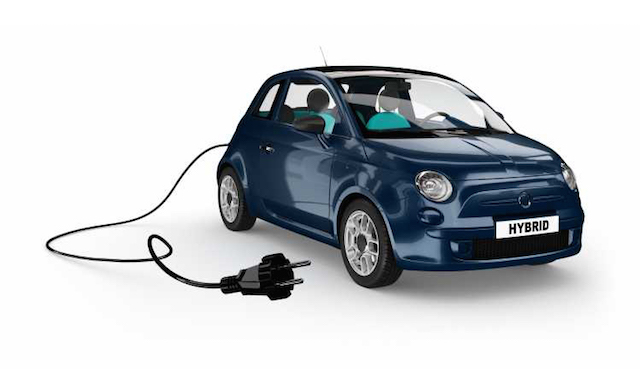
Jason Torchinsky, from US website Jalopnik, writes that the electric car industry should model itself on how computers evolved …
At this moment, the idea that we’re on the brink of electric cars becoming cheaper to build than combustion cars is getting a lot of traction, along with the idea that EVs will be as cheap to own as a family car even sooner.
These are important developments, and while it’s potentially good news for consumers, it’s not enough. The ideal model for electric vehicles should be similar to what happened to computers in the 1990s.
By “ideal model,” I’m referring to what would be best for consumers, primarily. As electric car tech gets more mature, cheaper to produce, and into larger-scale production, the industry will very soon be at a point where some significant changes to how EVs are built can be made.
Cars aren’t computers, of course, as anyone who has ever tried to take a Commodore 64 to a coffee shop can tell you. But EV technology is significantly different than conventional car technology, and those differences open up production and sales options that haven’t previously been available.
First, the fundamental drivetrain technology of EVs is far simpler than internal-combustion cars, and it’s already being realised that electric drivetrains are becoming something of a commodity, and not the huge differentiator that drivetrains are in combustion cars.
That’s why people like noted automotive designer Henrik Fisker (below) have been pushing the value of design so hard, because they know that an electric motor is an electric motor. EVs are, to a far greater degree than a conventional car, plug-and-play. They have the potential to be far more modular than cars are now, and that opens up many new options.
So how do 1990s PCs fit into all this? First, let’s do a quick overview of personal computing timelines: The 1970s saw the first major wave of personal computers, mostly to hardcore, tech savvy, hobbyists.
The 1980s was the first real home computer explosion, with large numbers of competing, incompatible standards. By the 1990s, two major standards emerged from the chaos: the IBM PC-based architecture and Apple Mac architecture.
By far, PCs were more popular, largely thanks to the fact that pretty much anyone could build a PC. It was just a set of agreed upon standards, and there were many, many suppliers out there building the necessary components.
Crucial parts like RAM and hard drives soon became commodity items, with large companies buying them from whatever supplier had the best deal at any given moment.
Connection standards like IDE, then later ATA were universal, along with serial interfaces, VGA video interfaces, and then later USB. Hundreds of companies were building compatible PCs, and they became dirt cheap.
The standardisation and modularity of 1990s-early 2000s-era PCs was so great that it was common to have, say, three broken PCs from different manufacturers and be able to easily cobble together a working one from the various parts with no problem. I did this kind of crap all the time at jobs I had in the ‘90s.
Eventually, even Apple ditched their proprietary hardware architecture and adopted the same basic standards as anyone. They managed to do this and keep high standards of quality and a unique design aesthetic, proving that you don’t need to be proprietary to stand out.
This modularity meant that the consumer had a vast array of options: computers could be bought all across the spectrum of cost and power and quality, and it was very easy to build your own custom setup, or upgrade an existing one. And, to a large degree, standards like that still exist today.
There’s really no reason the future of EVs can’t resemble this. If, somehow, the EV makers can agree to a comprehensive set of standards for battery types, motors, drivetrains, a universal interface for instrument clusters, center stack infotainments systems, autonomous driving systems, and so on, the industry could be as flexible and powerful as the computer industry.
Modular, standards-driven EVs don’t have to mean boring, cookie-cutter cars; in fact, it’d be the opposite. If the basic components, motors, ECUs, center stack displays, etc. are standard, then EVs could be easily modified, upgraded, and customised to an owner’s particular needs.
Tesla could still make beautiful, high-end cars with the best possible batteries and motors and so on, but someone who buys a cheap EV from some much smaller company could also later have the option of upgrading to a second motor, or maybe adding higher-density battery packs.
Right now, carmakers are anticipating an explosion of EVs, but all proprietary, with replacement batteries, for example, only designed for their brand. That’s not going to be good for consumers. Proprietary parts will only serve to keep supply down and cost up for owners, and it doesn’t have to be that way.
Whose sets of standards, though? That’s the big question. Ask any one automaker and they’ll say “Ours, of course.” This makes a pretty good argument for regulating this sort of thing at the federal and maybe even international level. Something’s gotta give.
In the PC world, it was easier, because there was already a target standard (IBM) and there was minimal pride associated with the other standards. Companies built what sold, and what sold fit the standard.
The future I’d like to see for EVs is one where you find you have a ton of options to replace your batteries when they wear out, and a simple web search reveals more options for higher-output motors and driving-assist modules and other upgrades than you know what to do with.
I want a future where someone can go to a junkyard and yank a motor from a Tesla Model H (you know, the one with the T-top) and plan to pop it into their Reatta EV knowing that the connections will fit.
The computer industry has shown that this production system can work, and since electric motors just don’t have the individuality of combustion motors, why shouldn’t we demand they be standardised, commoditised, and readily available?
The upcoming EV era could become something to actually look forward to, as opposed to something that just must be accepted.

